PERCIVALS THE EDUCATION KIT
9 May - 13 July 2014

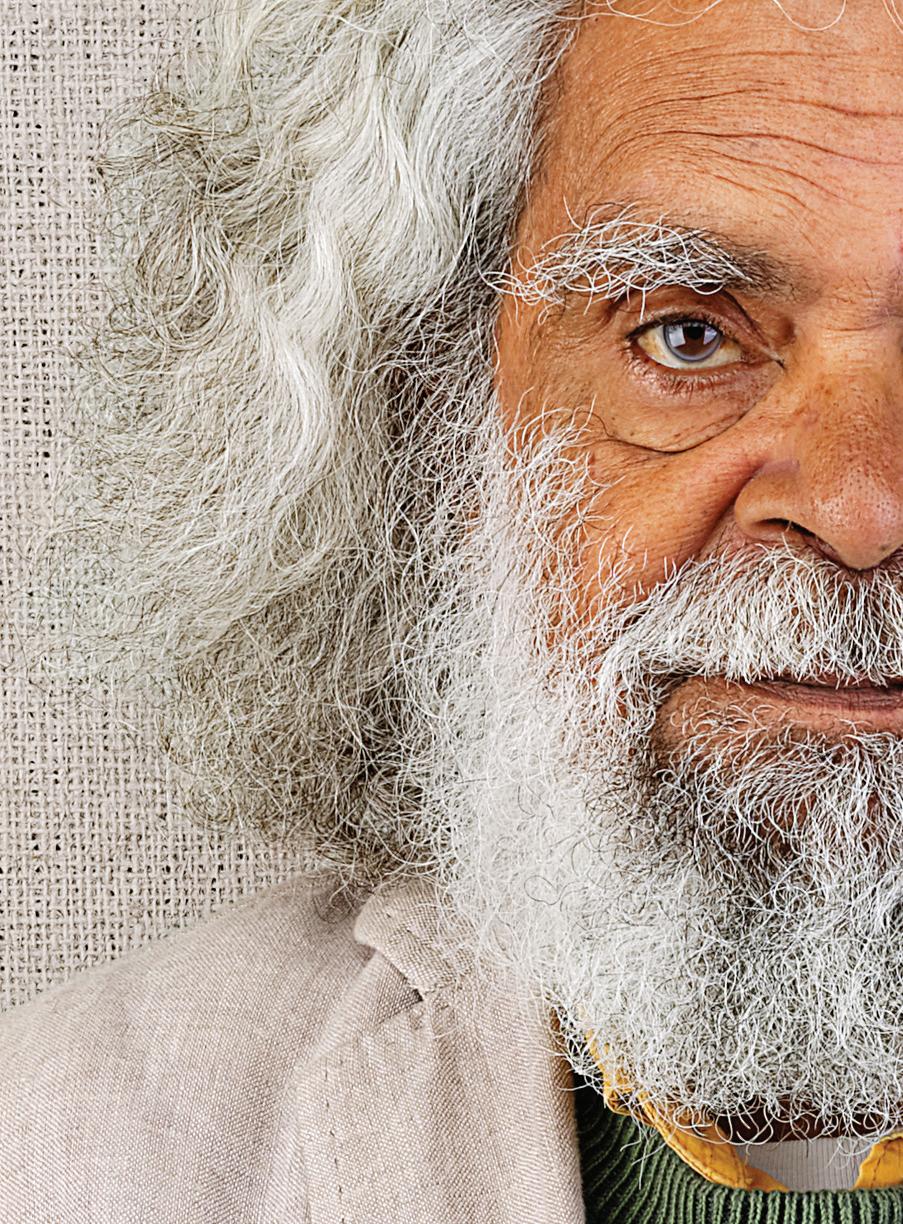
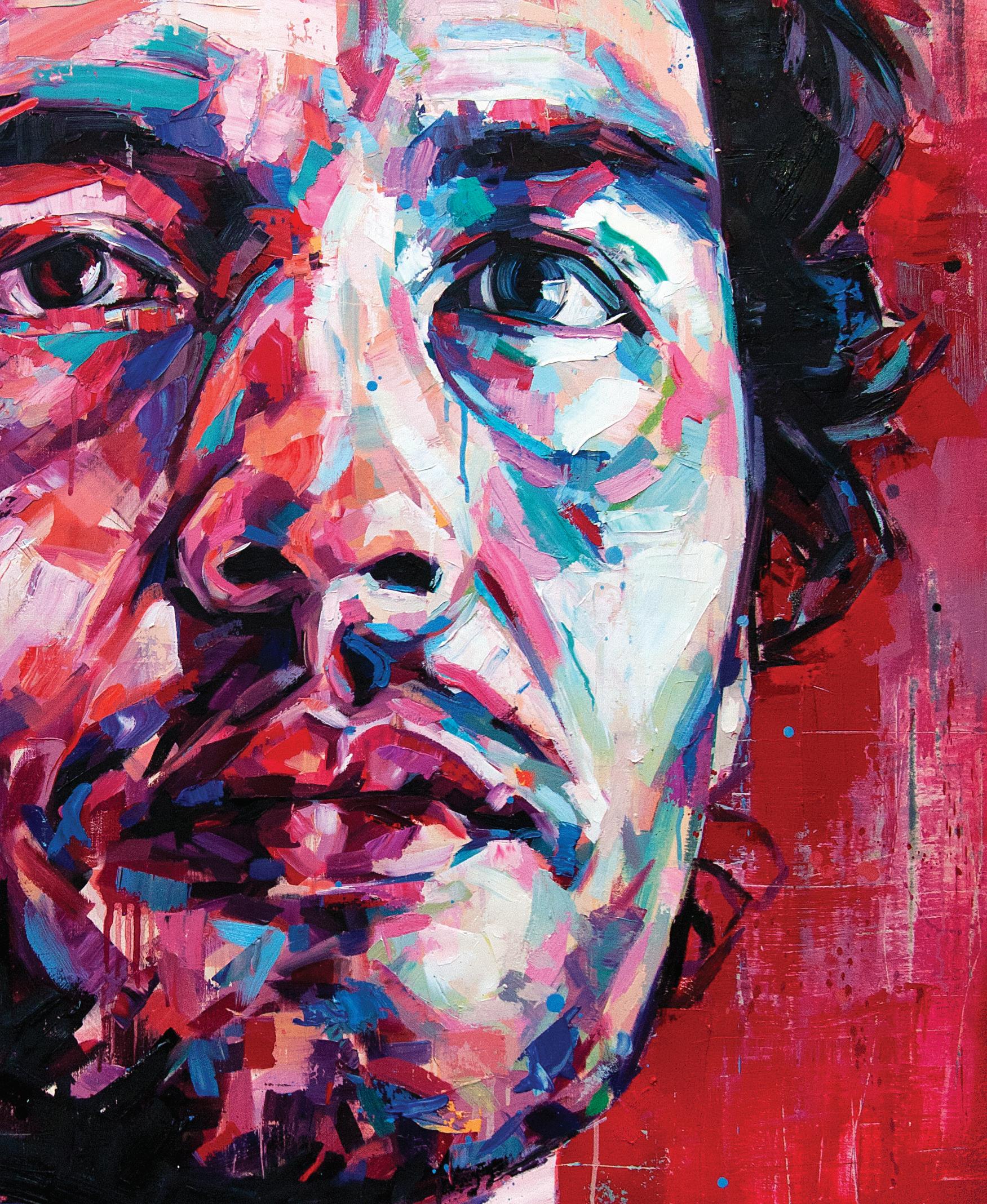
1 THE PERCIVALS EDUCATION KIT
PLANNING A VISIT
Free guided tours are available, and for further information, or to give feedback on education and public programs provided by the Gallery contact: Michael Pope | (07) 4727 9679 | michael.pope@townsville.qld.gov.au
GALLERY SERVICES
Through Gallery Services, Townsville City Council owns and operates two premier regional galleries, Perc Tucker Regional Gallery in the city’s CBD, and Pinnacles Gallery located within the Riverway Arts Centre in Thuringowa Central.

THE PERCIVALS 2014

The Glencore Percival Portrait Painting Prize, which was first held in 2007, attracts a significant number of entries from all corners of the nation and promotes the pursuit of excellence within the genre. The Glencore Percival Portrait Painting Prize offers a $40,000 major acquisitive prize, with the winning work entering the City of Townsville Art Collection to be appreciated by future generations in perpetuity.
The DUO Magazine Percival Photographic Portrait Prize at Pinnacles Gallery coincides with the Glencore Percival Portrait Painting Prize. This marks the inaugural year for the DUO Magazine Percival Photographic Portrait Prize, which expands The Percivals to now include entries of all forms of still photography. The major acquisitive prize of $10,000 is awarded by DUO Magazine.
FUNNY FACES: KIDS PORTRAIT ART WORKSHOPS


Sundays throughout the exhibition at Perc Tucker Regional Gallery, from 10.30 - 11.15am enjoy a free workshop at the Gallery, where kids can make a collage portrait. Drop-in workshop with all materials supplied. No bookings required.
FREE ACTIVITY BOOKLET
A free activity booklet targeted at primary students designed in response to this exhibition is available at the Gallery.
2 THE PERCIVALS EDUCATION KIT
Cover Image Left: Joshua Miels b. 1982 Glengowrie, SA, Australia The Perfectionist (detail), 160 x 130cm, oil on canvas
Cover Image Right: Roderick McNicol b. 1971 Fitzroy, VIC, Australia The Late Blossoming of Jack Charles (detail), 80 x 65cm, archival digital print
3 THE PERCIVALS EDUCATION KIT
1. About The Percivals Page 4 2. Portraiture as a Genre Page 5 3. Timeline of Portraiture Page 10 4. Art Movement Worksheet Page 13 5. Exploring National Identity Page 14 6. Looking at Portraits Page 18 7. Looking at Portraits Worksheets Page 19 8. Environmental Portraiture Page 21 9. Environmental Portraiture Worksheet Page 22 10. Looking at Composition and the Rule of Thirds Page 23 11. Composition Worksheet Page 24 12. Rule of Thirds Worksheet Page 25 13. Interview with an Artist Page 26 14. The ‘Selfie’ Page 27
Contents page:
About The Percivals

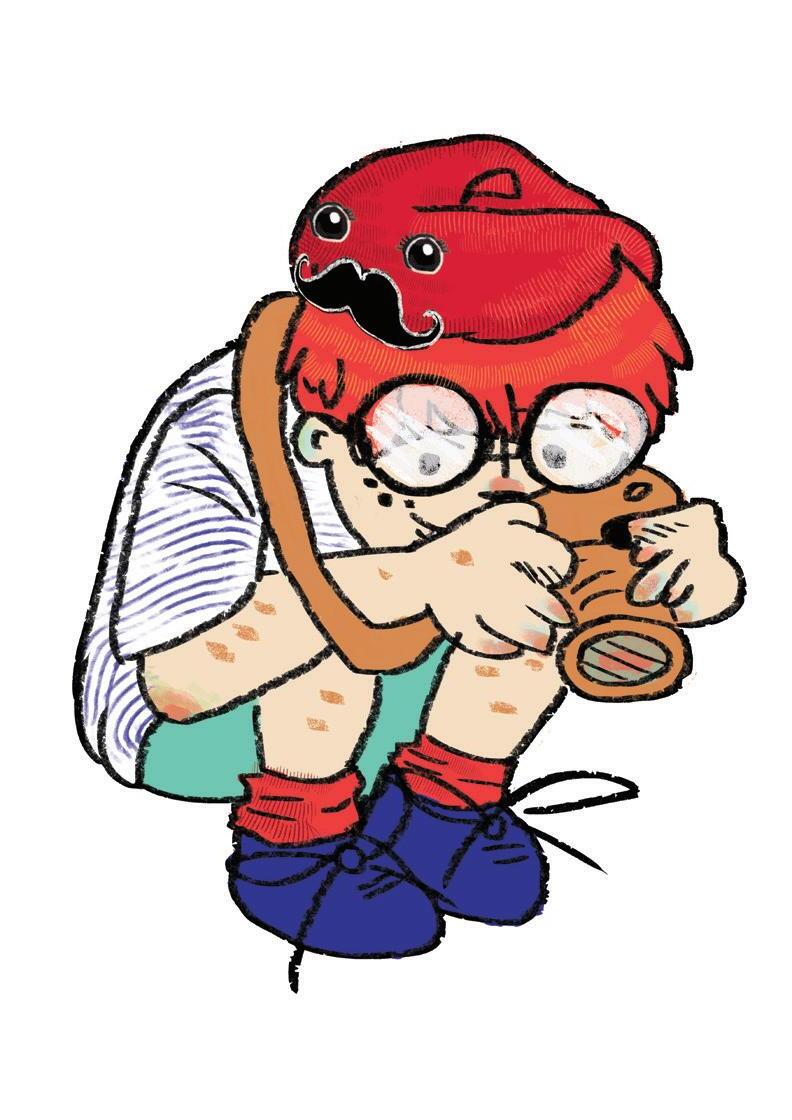
The Glencore Percival Portrait Painting Prize is a nationally recognised portrait competition which offers a $40,000 acquisitive major prize awarded by major sponsor Glencore and Perc Tucker Regional Gallery, Gallery Services, Townsville City Council. The Prize was established in 2007, after negotiations to tour the Archibald stalled in 2006, and has continued to grow in the number of entries submitted, prize money and national recognition. Entries are open to all local, interstate and international artists. Eligible media for entries include oil, acrylic, watercolour, pastel, charcoal, ink and/or mixed media.
The DUO Magazine Percival Photographic Portrait Prize at Pinnacles Gallery coincides with the Glencore Percival Portrait Painting Prize. This marks the inaugural year for the DUO Magazine Percival Photographic Portrait Prize which expands The Percivals to now include entries in all forms of still photography. The major acquisitive prize of $10,000 is awarded by DUO Magazine and Pinnacles Gallery, Gallery Services, Townsville City Council.
4 THE PERCIVALS EDUCATION KIT
Portraiture as a Genre
Portraiture is defined as the recording of an individual or group where the intent is to depict the visual appearance of the subject/s, often human, through painting, photographs, sculpture and various other art forms and mediums. It aims to capture an identity rather than a mere image of the subject whilst reflecting the interchange of perception between the subject and artist; foregrounding the style and skill of the artist. Attire, composition and the sitter’s position all play pivotal roles in capturing the essence and personal identity of the subject.
The roots of portraiture likely date back as far as the Late Stone Age (more than 25,000 years ago) with depictions of gods and deities. Egyptian and other ancient civilisations of the Fertile Crescent depicted gods and rulers, however most of these were highly stylised and placed little emphasis on likeness. In ancient China, portraits of rulers from about 1,000 B.C. are recorded, however none are thought to survive.
Portraiture flourished particularly in the classical world. Ancient Greek and Roman civilisations produced portraits on coins and marble busts with emphasis on realism. Examples of this style can be found in funerary portraits, frescos, coins and sculptures of the period.

In South America, the Moche culture of Peru produced portraits which paid great attention to anatomical details so that the subjects of the portrait are easily recognisable.
The Renaissance marked a watershed moment in the history of portraiture with art reaching new levels of insight and balance. In Northern Europe, painters began depicting subjects from different perspectives, and in doing developed new levels of depth and realism, for example in Portrait of Sir Thomas More (1527) by Hans Holbein the Younger.

5 THE PERCIVALS EDUCATION KIT
Image:
Portrait of the Boy Eutyches, A.D. 100–150. Egypt. Encaustic on wood, paint. 38 cm x 19 cm. Gift of Edward S. Harkness, 1918. Collection of the Metropolitan Museum of Art.
Image: Hans Holbein the Younger Portrait of Sir Thomas More 1527, Oil and tempera on oak, 74.2 × 59 cm. Frick Collection, New York
Jan van Eyck’s The Arnolfini Marriage (1434) was another landmark work in western art with its original style and iconography, the reflection in the mirror, the painting’s composition and the use of painting as a ‘proof of marriage contract’ all being significant. Furthermore, the sitters are painted in a full length portrait.

Probably the best known example of portraiture from this period is the Mona Lisa, painted by Leonardo da Vinci (c.1503 – 1506). This painting is commonly thought to be a depiction of Lisa Gherardini, the wife of cloth and silk merchant Francesco del Giocondo. Curiously, the smile that has intrigued viewers for generations is an example of the subtle application of asymmetry to the face. Well known portrait artists during this period include Leonardo da Vinci, Raphael, Albrecht Dürer, Hans Holbein the Younger, Jan van Eyck, Michelangelo, Giovanni Bellini, Sandro Botticelli, El Greco and Jean Clouet among others.
During the Baroque and Rococo periods portraiture became even more established, especially as a declaration of status. These periods saw the emergence of group portraiture and an increased exploration of the emotions of the human face, something made possible by the new advances and understandings gained during the Renaissance and also the improvement in the quality of oil paints, especially the increased drying time.

This period not only marked the affirmation of power and status through portraiture of some of the more powerful figures in the world, but also the painting of the middle and lower classes. Notable examples of this are Rembrandt and Vermeer.
Rembrandt, Frans Hals, Johannes Vermeer, Peter Paul Rubens, Anthony van Dyck , Jan Brueghel the Elder, Diego Velázquez and Nicolas Poussin are well-known artists from this period.
Rococo artists reveled in the articulate rendering of their subjects, especially in reproducing on canvas all the finery of a subject’s wealth and opulence. This period saw the refining and mastery of painting textures of materials and objects.
Famous Rococo artists include Jean-Antoine Watteau, François Boucher, Jean-Honoré Fragonard, Thomas Gainsborough, Élisabeth Vigée-Lebrun, William Hogarth, John Singleton Copley, and Joshua Reynolds.
6 THE PERCIVALS EDUCATION KIT
Image: Jan van Eyck The Arnolfini Portrait 1434, Oil on oak panel of 3 vertical boards, 82.2 cm × 60 cm. Collection of National Gallery, London.
Image: Rembrandt Self-Portrait with Beret and Turned-Up Collar 1659, Oil on canvas, 84.4 cm × 66 cm. Collection of National Gallery of Art, Washington, DC.
The 19th century saw portraiture change as quickly as the art movements did, from Classicism where portraits showcased the sitters in the latest fashions or depicted them in classical settings with Greek and Roman attire, through to Romanticism where lively brush strokes and use of dramatic lighting illustrated soldiers, politicians, ladies of court and mental patients in dramatic or heroic moments, in agitated states or simply at leisure. Painters such as Jacques-Louis David, Jean-Auguste-Dominique Ingres, Eugène Delacroix, Théodore Géricault, Francisco de Goya and Girodet are synonymous with these art movements.
Realist artists such as Jean-François Millet, Gustave Courbet, Honoré Daumier, Henri de Toulouse-Lautrec, John Singer Sargent, Édouard Manet and Edgar Degas explored the lives and times of the middle and lower classes, painting them at work in the fields, the theatres and at home. Realism works have a frankness and honesty laying bare the drudgery of everyday life for most individuals, a marked demarcation from the opulence of previous styles such as Rococo.
Impressionism and Post-Impressionism followed with artists such as Claude Monet, Pierre-Auguste Renoir, Henri Matisse and Mary Stevenson Cassatt. Portraits by these artists were often of friends and family as opposed to individuals of status. Artists such as Paul Gauguin and Vincent van Gogh are celebrated for their self-portraits from this period.

During the 19th century, Romantic painter and physicist Louis-Jacques-Mandé Daguerre created the daguerreotype to which he could permanently capture an image – ultimately the birth of photography. The relatively low cost and minimal exposure time for sitters led to increased use of photography as a medium for portraiture.
Photography was used by artists such as Degas and also had a profound impact on portraiture painting, prompting artists to interpret portraiture renewed and differently to how a photographic artist might.

7 THE PERCIVALS
KIT
EDUCATION
Image: Théodore Géricault, Portait of a Woman Suffering from Obsessive Envy (The Hyena), 1822, Oil on canvas, 72 x 58 cm (Musée des Beaux-Arts, Lyons)
Image: Vincent Van Gough Self-Portrait with a Straw Hat (obverse: The Potato Peeler) 1887, Oil on canvas, 40.6 x 31.8 cm. Bequest of Miss Adelaide Milton de Groot (1876–1967), 1967. Collection of the Metropolitan Museum of Art.
During the 20th century, Modernist artists expanded the genre of portraiture in many directions, experimenting with non-naturalistic and distorted styles of portraits, departing from more traditional portraiture techniques.

Artists such as Otto Dix, Pablo Picasso, Amedeo Modigliani, Gustav Klimt, Henri Matisse and Piet Mondrian pushed portraiture in this direction. Conversely, artists such as George Wesley Bellows, Abram Arkhipov, and Edward Hopper advanced portraiture through figurative styles, especially those of realism and humanism.
With the end of Modernism and the beginnings of Post-Modernism, there was a resurgence of portraiture as artists such as Andy Warhol, Lucian Freud and Chuck Close were influenced by, and influential in developing, new movements such as Pop, PostExpressionism and Hyper-Realism. This opened up a new realm for artistic expression through photographic, selfphotographic and ‘selfie’ portraiturederivatives.
Photographic portraiture revolutionised the realm of traditional portraiture not only as a medium of artistic expression but also as an exploration of technical elements such as adjusting and capturing light. Advances in photographic technology and equipment in the contemporary world and popular culture has encouraged a resurgence of portraiture, often as an indirect or conceptual approach.
Notable artists from this period include Vivian Maier, The Satorialist, Cecil Beaton, Yousuf Karsh, Annie Leibowitz and Petrina Hicks, among others.
The ‘selfie’ has emerged in modern times as a new genre of instantaneous self-portraiture where the subject is the photographer and the sitter, capturing an image that is often uploaded to social networking websites. ‘Selfies’ have become a modern phenomenon and strictly speaking are a digital affair, recently experiencing a meteoric rise following the release of the front facing camera within smart phones.
Key terms: portraiture, self-portrait, photographic portraiture, painting, photography, subject, sitter, personal identity, Renaissance, Baroque, Rococo, Classicism, Modernism, Post-Modernism, Pop, Realism, Humanism, Hyper-Realism, figurative, Impressionism, Post-Impressionism, Daguerreotype, Brownie127, Eastman Kodak, social network
8 THE PERCIVALS EDUCATION KIT
Image: Chuck Close Susan 1971, Acrylic on canvas, 254 x 228.6 cm. Mrs. Morton Neumann collection, Chicago.
Questions

1. Look at the sitters in paintings from the Renaissance era, and the sitters in paintings from the Post-Impressionist era. Contrast the sitters. What differences do you note? Are they from the same class of people?
2. What effect/s did the invention of the camera have on portraiture?
3. How might the time period in which an artwork was created affect the style and visual aesthetic of the portrait?
Suggested activity
1. Create a timeline of portraiture using one example from each major period.
2. Design a coin using a profile portrait.
3. Use the activity provided on page 13 and research one art movement, paying particular attention to the devices used.
9 THE PERCIVALS EDUCATION KIT
Timeline of Portraiture

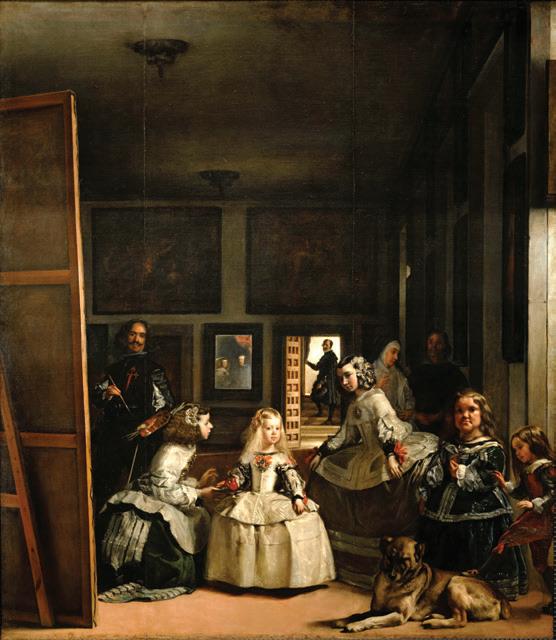

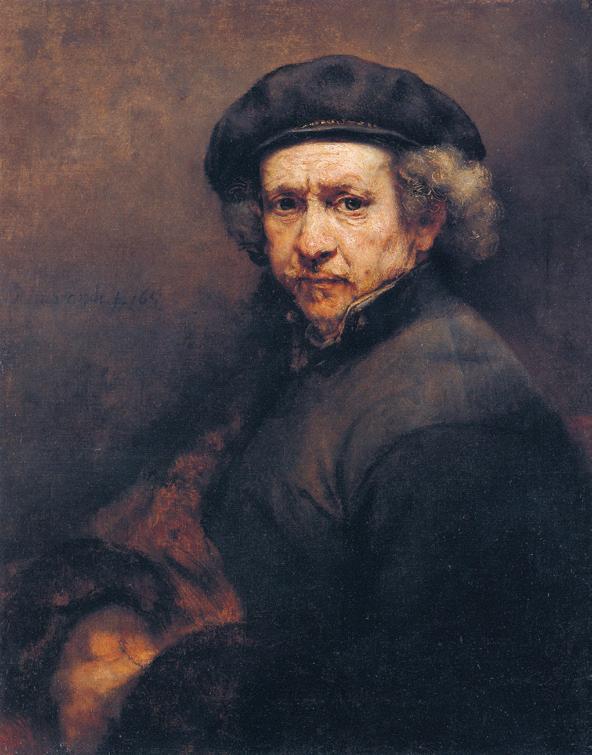

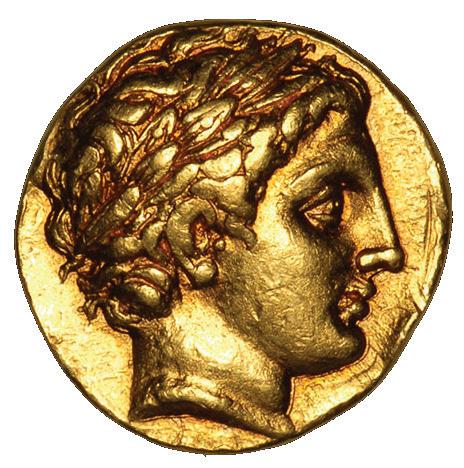
Chinese portraiture is thought to date back before 100 B.C. however surviving examples are from 100 A.D. onwards, such as this Official Imperial Portrait of the empress and wife to Emperor Qinzong of (1100–1161 A.D.) of the Song Dynasty in China.
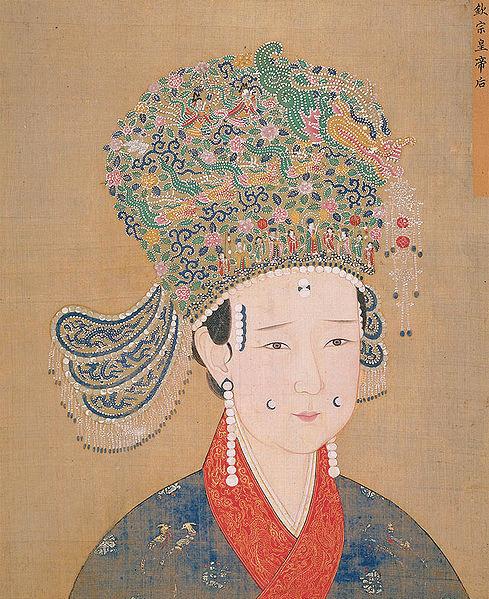
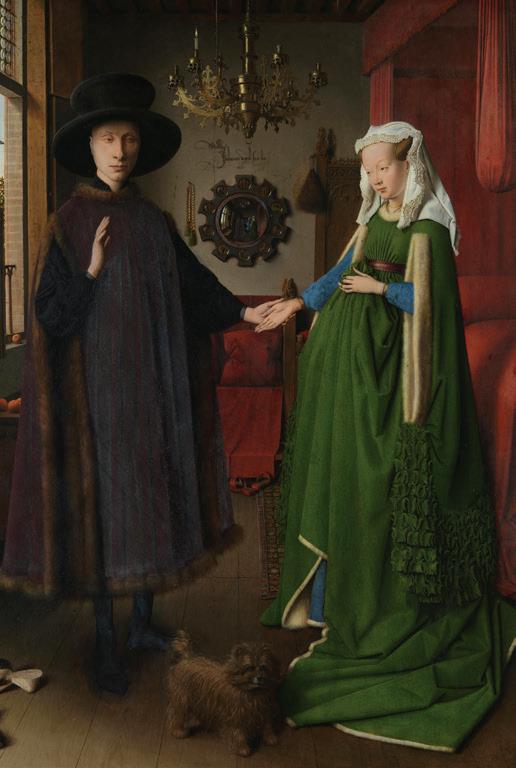
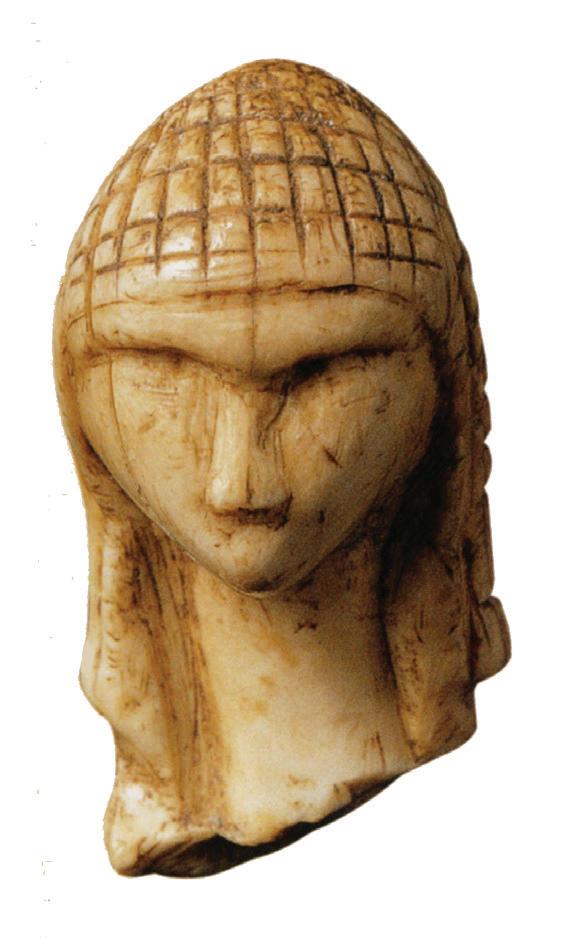
10 THE PERCIVALS EDUCATION KIT
Venus de Brassempouy circa 26,000 - 24,000 B.C. Mammoth ivory. One of the earliest accurate portraits that has been found.
Ancient Greek Gold Stater Coin of King Philip II of Macedon - 323 B.C. 19mm diameter. British Private collection.
Portrait of the Boy Eutyches, A.D. 100–150. Egypt. Encaustic on wood, paint. 38 cm x 19 cm. Gift of Edward S. Harkness, 1918. Collection of the Metropolitan Museum of Art.
Jan van Eyck The Arnolfini Portrait 1434, Oil on oak panel of 3 vertical boards, 82.2 cm × 60 cm.
Collection of National Gallery, London.
Rembrandt Self-Portrait with Beret and TurnedUp Collar 1659, Oil on canvas, 84.4 cm × 66 cm. Collection of National Gallery of Art, Washington, D.C.
Portrait Vessel, Peru north coast, Moche culture, 100-500 A.D. Ceramic, PreColumbian collection in the Worcester Art Museum, Worcester, Massachusetts, USA. Source: Wikimedia Commons / Public Domain
Diego Velázquez Las Meninas (The Maids of Honour) 1656, Oil on canvas, 318 × 276 cm Collection of Museo del Prado, Madrid
26000 BC
1400 1500 1600
Leonardo da Vinci Mona Lisa circa. 15031506, Oil on poplar, 77 × 53.1 cm, Source: Wikimedia Commons / Public Domain Collection of Musée du Louvre, Paris
320BC
100AD
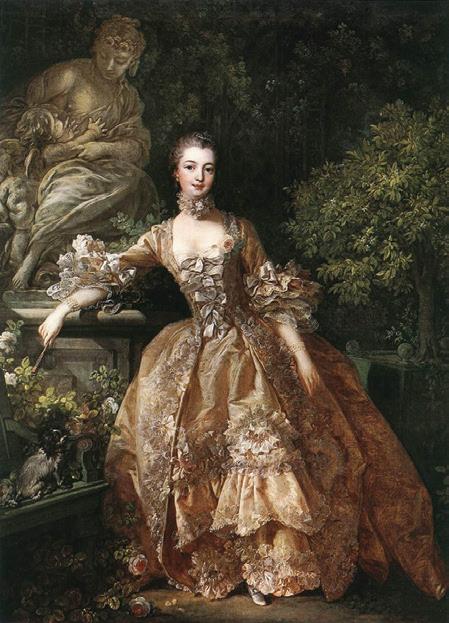
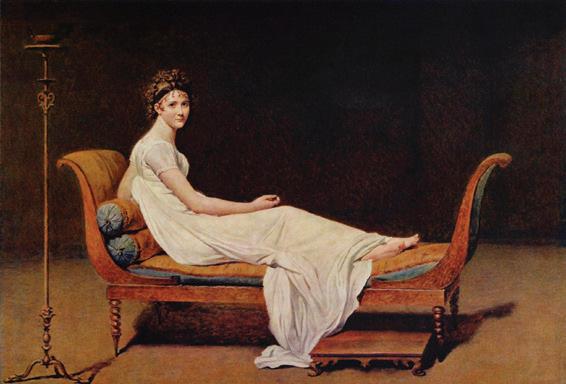
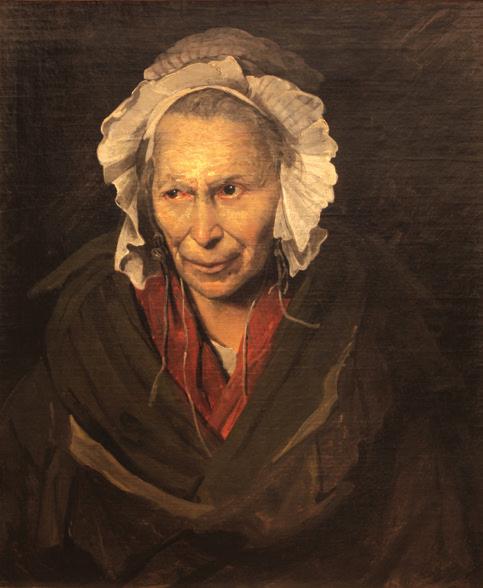

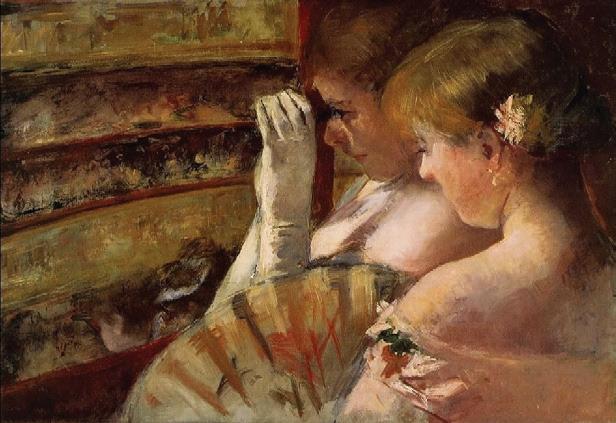
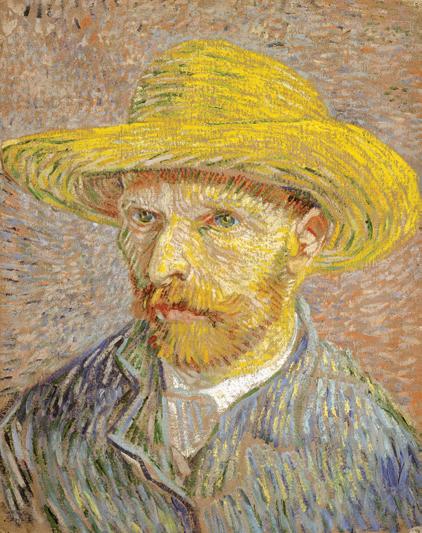
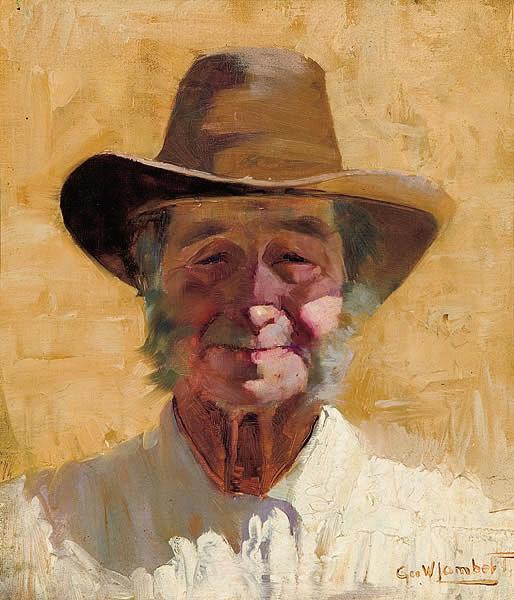
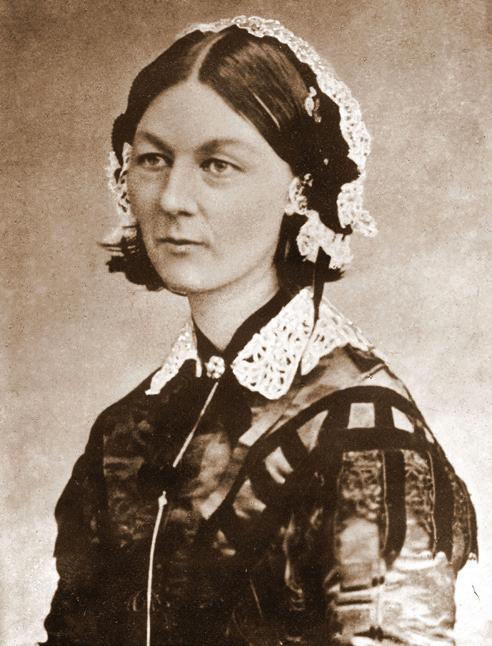
11 THE PERCIVALS EDUCATION KIT
Vincent Van Gough Self-Portrait with a Straw Hat (obverse: The Potato Peeler) 1887, Oil on canvas, 40.6 x 31.8 cm. Bequest of Miss Adelaide Milton de Groot (1876–1967), 1967. Collection of the Metropolitan Museum of Art.
George Lambert Old Joe 1898, Oil on canvas, 37 x 34 cm, collection of Art Gallery of South Australia, purchased through Elder Bequest Fund
Mary Cassatt In The Box 1879, Oil on canvas, private collection
Full-length portrait of an African American woman holding a basket 1864-1867, Photogtaphic print on carte de viste mount, 10 x 6cm
Francois Boucher Portrait of Madame de Pompadour 1759
Jacques-Louis David Portrait of Madame Récamier 1800, Oil on canvas, 174 × 224 cm, collection of the Louvre, Paris
1700 1800 1820 1860 1870 1880 1890
Théodore Géricault, Portait of a Woman Suffering from Obsessive Envy (The Hyena) 1822, Oil on canvas, 72 x 58 cm, collection of Musée des Beaux-Arts, Lyons
1850
H. Lenthall Florence Nightingale circa 1850, London Source: Wikimedia Commons

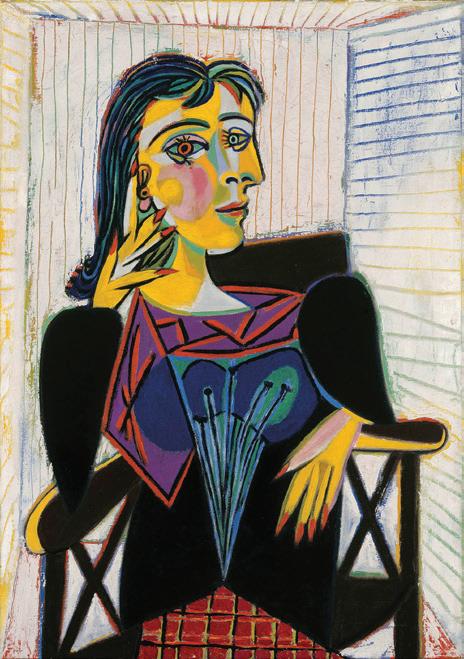
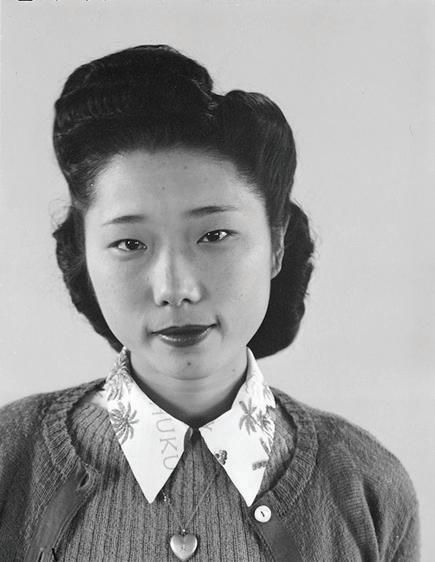
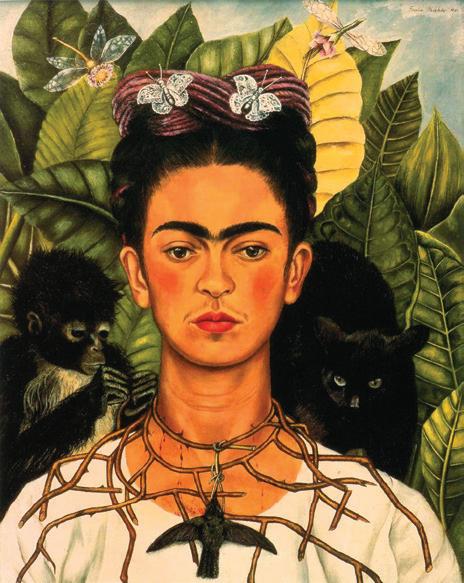
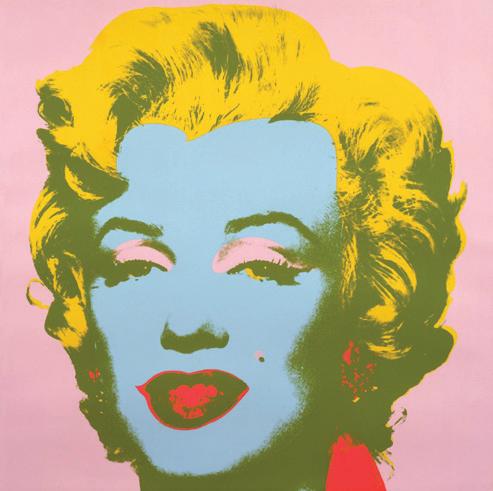
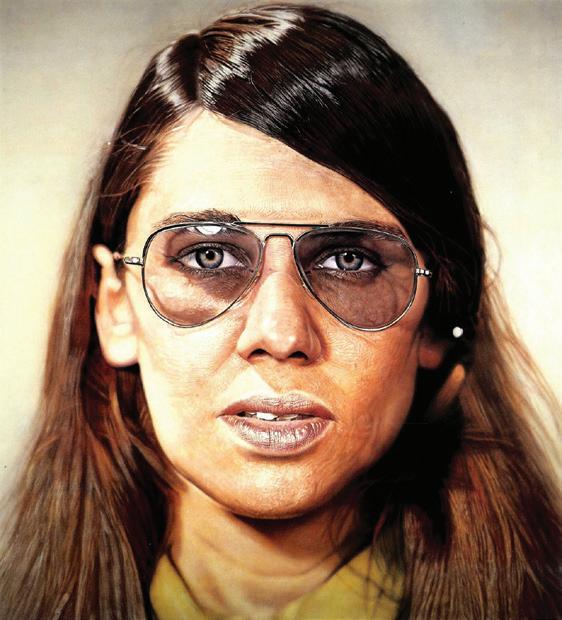
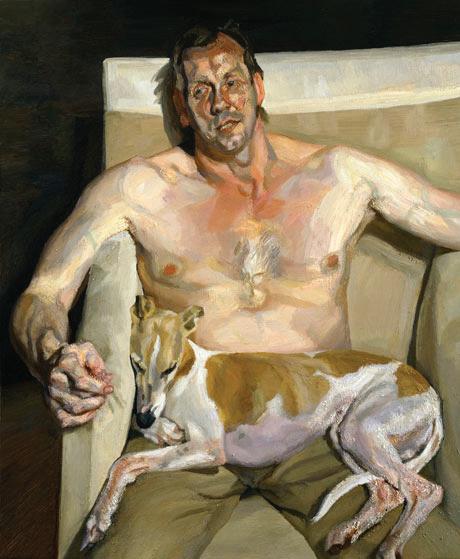
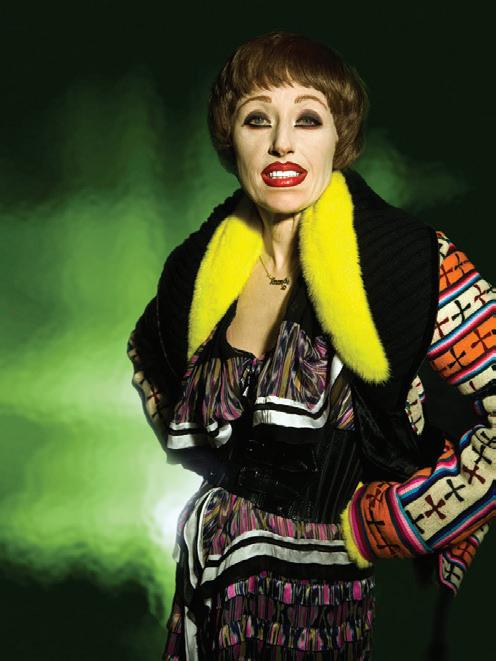
12 THE PERCIVALS EDUCATION KIT
Amedeo Modigliani Portrait of a Young Woman 1918
Pablo Picasso Portrait of Dora Maar with a Crown of Flowers 1937
Ansel Adams Teruko Kiyomura, (Bookkeeper) 1943, gelatin silver print
Frida Kahlo Self-portrait with Thorn Necklace and Hummingbird 1940
Andy Warhol [no title] from Marilyn 1967, Screenprint on paper, 91 x 91cm, collection of Tate, image © The Andy Warhol Foundation for the Visual Arts, Inc./ARS, NY and DACS, London 2009
Chuck Close Susan 1971, acrylic on canvas, 254 x 228.6 cm. Mrs. Morton Neumann collection, Chicago.
Lucian Freud Eli and David 2005-06
1910
2000
Cindy Sherman Untitled #458 2007-08
1930 1940 1960 1970
Art Movement Worksheet
Movement:
Example: Example:
Ideas:
Influences: Devices: Artists:
13 THE PERCIVALS EDUCATION KIT
Exploring National Identity
Portraiture is an art genre oft-used for defining and representing identity, whether this be an individual’s or a groups’. As a European tradition, portraits of Australians dating back from early-settlement to the present day serve to illustrate and explore historical figures, cultural diversity and national stereotypes. Artists have used portraiture to explore and understand a ‘new’ land, celebrate achievements and individuals and to explore, challenge or redefine Australian identity. Through analysing the ways in which we present ourselves and the way we are perceived we can look anew at themes of identity.
This portrait by John Lewin is thought to be of Windradyne, a famous Aboriginal warrior from the early 1800s. Windradyne was a resistance leader of the Wiradjuri people who led his people in the Bathurst war against British settlers in central-western New South Wales.
Like so many portraits of Aboriginal people from this time, the individuals are unnamed, so while we don’t actually know if this portrait is in fact Windradyne, it can be inferred as the artist is known to have drawn a picture of a Wiradjuri elder (in a romantic style wearing a possum cloak) whom he met with Governor Macquarie in 1815.

This early photograph of Johnny Cuzens Zellanach tells the story of the first Australian test cricket team to tour England. The team, consisting of 13 members – twelve of whom were Indigenous Australian cricketers – arrived in England on 13 May 1868 and played an impressive 47 matches with 19 draws, 14 losses and 14 wins. Zellanach, pictured in the photograph, was regarded as an impressive fast bowler. The Sporting Life (28 October 1868) said of their exploits,

No eleven has in one season ever played so many matches ... so successfully – never playing fewer than two matches in each week, and frequently three, bearing an amount of fatigue that now seems incredible ...
The tour proved to be financially successful raising £2,176. For the players however, fatigue and illness proved to be too much with one member dying. There is also no record of any Aboriginal players being paid and many died in obscurity in Australia upon their return. The implementation of the Victorian Aboriginal Protection Act 1869 ceased any possibilities of further tours as it restricted the movements and freedoms of association for Aboriginal peoples.
14 THE PERCIVALS EDUCATION KIT
John Lewin A Native Chief of Bathurst 1815. Source: Mitchell Library, State Library of New South Wales
Johnny Cuzens (Y) Zellanach, fast bowler on the tour 1868
George Lambert’s Miss Alison Preston and John Parker on Mearbeck Moor painted in 1909 depicts a changing Australian landscape and people. The painting is a powerful example of pastoralist Australia, one where the land has been influenced by the European immigrants.
The relationship of the sitters is intriguing – the older gentleman with a much younger lady companion, but they are actually uncle and niece. The status that Miss Alison Preston is afforded in the piece is one of independence; she stands confidently with hand on hip, an Edwardian lady participating in a hunt; something quite unusual for the times.

She is given a dominant position in the composition which shows her in a progressive light, that of a position of power. Mr Proctor assumes a sitting pose that belies his authority yet he almost assumes the role of Miss Preston’s squire…perhaps he is just tired from the hunt.
In stark contrast, Russell Drysdale’s The drover’s wife (1945) portrays the hardships of life on the land for pioneering Australians. The landscape is flat and lifeless with a few barren trees breaking up the monotony.
Despite this, our subject, the drover’s wife, stands resolutely in the foreground with an expression of calm resignation. Her feet are planted assuredly on the ground and she is half turned as if to join her husband at the wagon, taking one final look before venturing into the harsh, desert landscape.
This painting is typical of the vision that Drysdale created of the Australian outback and the people who lived there. It portrays the relationship that non-Indigenous Australians have had with the land, one of acceptance and resilience for the hard work that it takes to make it in the Australian outback.

15 THE PERCIVALS EDUCATION KIT
Russel Drysdale The drover’s wife 1945, oil on canvas, 51.5 x 61.5 cm, collection of the National Gallery of Australia
George Lambert Miss Alison Preston and John Proctor on Mearbeck Moor 1909, Oil on canvas, 100.2 x 126.5 cm. The Wesfarmers Collectino of Australian Art, Perth.
Max Dupain’s Sunbaker (1937) captures a quintessentially Australian pastime of relaxing at the beach. It is one of the most recognisable and famous Australian photographs and probably also Dupain’s most famous work. It captures the image of Australians at leisure, an image of a healthy, sporty culture that appreciates the outdoors; a body culture. The irony is that the sitter is not Australian at all and was in fact a British builder on holiday.

Sport is further celebrated in this portrait of an Australian Rules footballer by Sidney Nolan. The painting, entitled Footballer, shows a St Kilda Football Club player standing near the posts with a crowd in the background. The subject was later revealed to be Bill Mohr. Nolan, during his boyhood, had many sporting interests including going to watch the football on weekends. He painted this work during a period in the 1940s when he was painting many heroic figures such as Ned Kelly.

Culture and national identity are by definition not static. Culture is a dynamic idea that is shaped and influenced by changing times, people and their cultural practices. Multiculturalism isn’t a new idea in Australia, in fact, pre European settlement, Australia was populated by hundreds of different language groups of Indigenous Australians each with their own unique culture. There was never one nation, this is an entirely new idea. With the arrival of people from various countries, Australia’s mainstream identity has evolved and shifted as each new diverse migrant group brings with them new cultures, foods and traditions that are absorbed into the mainstream culture.
Patrina Hicks’ Kylie (2003) explores aspects of belonging and isolation in a highschool portraits series that she created in Sydney. She captures images of multicultural Australian youth during a defining period in their lives. The subjects are examined in detail with the prints almost double the size of the real sitter allowing the viewer to explore them in exquisite detail. It lays bare the blemishes and exposes the reality faced by multicultural youth as they explore their identity.

16 THE PERCIVALS EDUCATION KIT
Sidney Nolan Footballer 1946, enamel paint on composition board, 121.9 x 91.4cm, collection of the National Gallery of Victoria.
Max Dupain Sunbaker 1937, printed circa 1970, gelatin silver photograph, 37.9 x 42.8 cm, collection of Art Gallery of NSW
90
edition of 8
Petrina Hicks Kylie 2003, lightjet print,
x 118cm,
Key terms: portraiture, identity, Australian, culture, history, multiculturalism, Aboriginal, nation building, nationalism
Questions
1. Look at George Lambert’s painting Miss Alison Preston and John Proctor on Mearbeck Moor (1909). Notice the position of independence and dominance that Miss Preston has in the work. What protest movements occurred during the late 19th and early 20th century that may have influenced this work? Make a link.
2. Describe the difference between the impressions of the landscape in George Lambert’s painting and Russell Drysdale’s painting. Why is the landscape portrayed so differently? What does this say about the changing impressions of our understanding of the Australian landscape?
3. Mainstream culture dominates the national identity. However, multicultural Australia is made up of many different cultures and traditions. Explain what you identify as your culture and compare it with what you think the ‘mainstream’ Australian culture is.
Suggested activity
1. Find a work in the exhibition that portrays some aspect of Australian culture. Explain how this work represents it. Is this a positive cultural attribute? Is it uniquely Australian?
2. Create a portrait that explores your personal history and illustrates aspects of culture that you identify with. You may like to use the Environmental Portraiture Worksheet on Page 22.

3. You are tasked with creating an artwork that informs a foreign visitor about Australian culture.
4. Your artwork should be in the form of a portrait.
17 THE PERCIVALS EDUCATION KIT
Looking at Portraits

What does the person look like? Describe them in as much detail as possible. What type of clothing are they wearing?
What is your impression of this person? Make a list of descriptive words to describe this person. Do you like this person? Why?
What do you think the person is thinking? What type of mood is the person in?
Do you think this is an important person? Why? Does the portrait give any clues to their job or profession?
Make a list of the personal qualities you think this person has? What do they like/dislike? What hobbies do they have?
Why would this portrait have been created? What is the main message of this portrait? Do you think the artist likes the person? Why? What does this portrait help you know about the relationship between the artist and the sitter?
How is the person positioned? Are they sitting or standing? What can you see in the background? What other objects of people can you see? What type of lighting has been used? Has this portrait been completed in a studio or an outside location. Why?
Where is the person looking? What type of facial expression does this person have? Does the person have any distinguished facial features?
In what period of time do you think this portrait was created? Explain your answer.
How does this portrait gain your attention? What is interesting or eye catching about it?
Imagine you are the subject of this portrait. How would you feel? Describe what you can see and smell.
Describe the mood or feeling of this portrait? How does light and shadow effect the mood? Is colour an important aspect of this artwork?
What type of lines and shapes can you see in the portrait? Describe the colours you can see. How would you feel sitting for a portrait?
Time how long you can sit still for.
Focus on the colours in the portrait. Identify the primary and secondary colours. Are the colours harmonious or contrasting? How does colour effect the mood or feeling of the portrait?
Discuss how you think this artwork was created. What materials and techniques were used? Does the artwork challenge the traditional notions of portraiture? How?
Consider the relationship between an artist and the sitter. Do you think this has a big impact on the final artwork? Would it be different if they were strangers or close friends? Do you think it is possible for an artist to paint someone they didn’t like?
18 THE PERCIVALS EDUCATION KIT
1 2 4 5 6 7 10 9 17 15 3 8 14 13 16 12 11
Looking at Portraits Worksheet 1
Choose a portrait from the exhibition and recreate the artwork in the portrait-orientation frame.
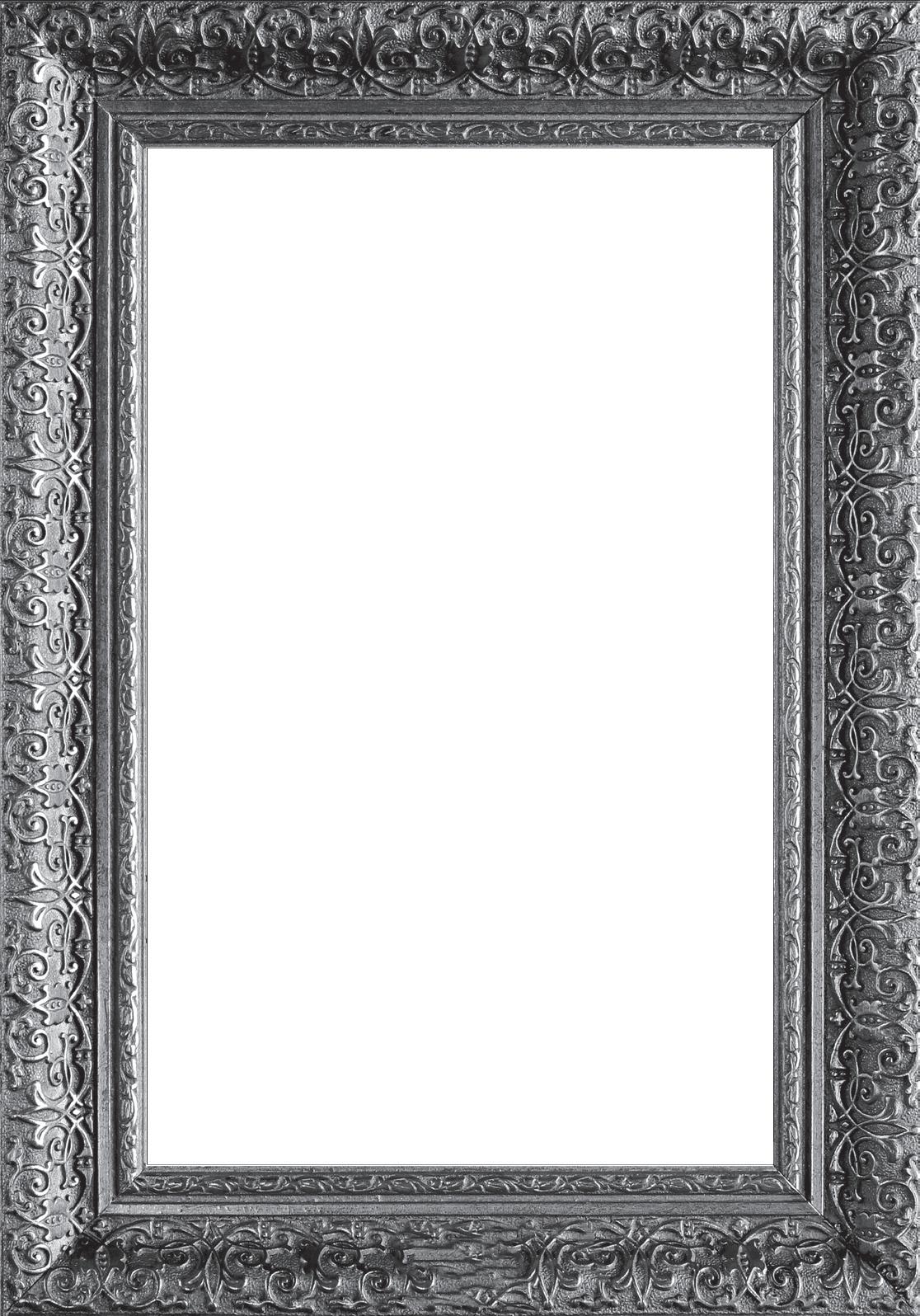
Questions
1. List the possible symbols that reference the sitter’s personality, interests, profession and environment.
2. Are there any clues to the artist’s relationship to the subject of this portrait?
3. What does the sitter’s expression suggest about his or her mood and emotion?
4. Discuss what the artist is trying to communicate about the sitter.
5. Refer to the title of this painting and explain how it assists the viewer to understand the artwork.
19 THE PERCIVALS EDUCATION KIT
Looking at Portraits Worksheet 2
Questions
1. Does this image challenge the traditional genre of portraiture? If so, explain how.
2. What makes this portrait unique or interesting?
3. Where has the sitter been placed in the overall composition? How does this affect the composition of the artwork?
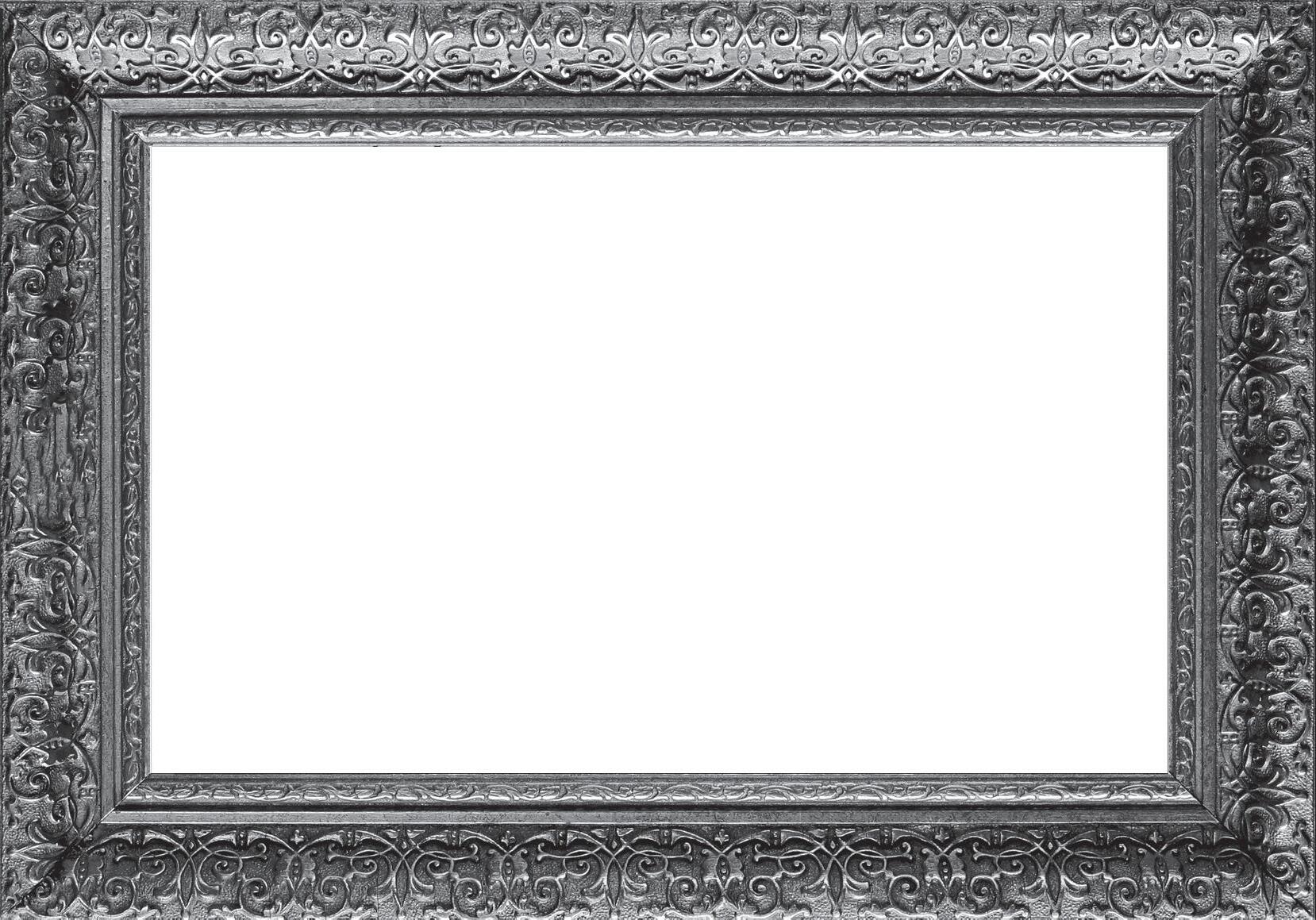
4. What role does colour play in this artwork?
5. Discuss the effects of light and shadow and how these elements contribute to the overall mood of the portrait.
20 THE PERCIVALS EDUCATION KIT
Choose a portrait from the exhibition and re-create the artwork in the landscape-orientation frame above.
Environmental Portraiture
An environmental portrait is a portrait taken of a subject in that subject’s natural environment, such as their home or workplace. This genre of portraiture is often used to communicate a subject’s lifestyle and interests with a better understanding of their character. The term is usually related to photographic portraiture but could also be applied to portrait paintings, such as in The Ambassadors by Hans Holbein the Younger. By photographing or painting a person in their natural surroundings, it is intended that the artist will more clearly portray the subject’s character and personality.
Environmental portraiture allows a deeper representation of the subject that expresses the essence of the person and not just a representation of their physical form. The genre aims to relax the subject in an environment that is more comfortable to them in contrast to a sterile, often artificial studio setting. Environmental portraiture is also very popular in animal portraits as depicting the subject is beneficial in a home or natural environment where animals are more conducive to being photographed.
Key Terms: subject, personality, character, objects, detail, symbolism, depth, balance, environmental portraiture
Explore: Cindy Sherman, Hans Holbein the Younger

The Ambassadors 1533, Arnold Abner Newman Milton Avery 1960
Primary
1. Do mum or dad have a job? If you went to their work, what would you see? Draw a picture with your parent at their work with those things.
2. Find a portrait in the exhibition. What job does the sitter do? Explain how you know this.
Suggested activity
In pairs, ask your classmate what he/she likes to do, what he/she is good at, and how he/she feels today. Use the activity sheet on page 22 and draw the answers to your questions in the circles. Now draw a picture of your friend. See if your classmates can recognise who it is from the clues.
Secondary
1. Research Cindy Sherman and write 100 words on why many of her works are considered environmental portraits. Consider the elements she has used.
2. Use Arnold Abner Newman’s Milton Avery (1960) and analyse how he has achieved balance between the background/surroundings and the subject in this portrait. Determine some other elements of environmental portraiture that are prevalent in Arnold Abner Newman’s work, and discuss these with a partner.

Suggested activity
Develop an environmental portrait photo shoot either indoors or outdoors. Use this shoot to reflect on your understanding of the elements of environmental portraiture by assessing the surroundings, objects and placement of the subject in this space. During this process you may also like to consider and express the subject’s personal history and represent this through your work.
21 THE PERCIVALS EDUCATION KIT
Arnold Abner Newman Milton Avery 1960, Early silver gelatin print, 19 x 24cm, collection of Beetles and Huxley Gallery
Hans Holbein the Younger The Ambassadors 1533, Oil on oak, 207 × 209.5 cm, collection of National Gallery, London
Environmental Portraiture Worksheet
1. Draw a picture of your friend.
2. Draw a picture of three things that your friend likes. For example, what do they wear or what activities do they like?
22 THE PERCIVALS EDUCATION KIT
1.
2.
3.
Looking at Composition and the Rule of Thirds
Composition refers to a balance or harmonious relationship between the visual arts elements according to the principles of art. It may also be understood as the putting together or the arrangement of these elements for design.
In portraiture, composition is used to foreground the subject as the most prominent component within the work. Sometimes a secondary element within the portrait is used to establish this composition and achieve focus. This secondary element may be an object or colour that both relates to the primary subject, but is subordinate to it. Composition is also used to communicate emotion and convey a story within a portrait. Therefore composition and balance can be broken in a portrait and can be deliberately done to achieve a particular emotion.
The Rule of Thirds is used to achieve a pleasing composition and is used by artists to establish where a subject should be positioned or focused. The Rule of Thirds is applied to an image by dividing the image into nine equal parts by using a grid. The grid should be made up of two equally spaced horizontal lines and two equally spaced vertical lines. The rule suggests that the subject should be placed along the horizontal lines or at the point of intersection of the two lines. This is to avoid a subject always being placed in the centre of an image. Once a subject is aligned with an intersecting point in the grid, it encourages energy, movement and tension which are very important principles.
Key Terms: composition, balance, principles of art, Rule of Thirds, subject, foreground, secondary
Questions
1. Discuss the elements of art. Identify elements of art in artworks throughout the exhibition.
2. If you made a portrait, what elements would you use?
Suggested Activity
1. Use the Rule of Thirds activity sheet on page 25. Choose a portrait in the exhibition and draw the subject using the Rule of Thirds as a guide. Explain where the subject is and how this depicts a greater emotion of the subject.
2. Use Felix Nussbaum’s (German-Jewish surrealist painter, 1904-1944) Self Portrait (1943). Explain how this is an unbalanced portrait. Using clues/symbols in the picture, explain why the artist has deliberately done this to achieve a sense of emotion.

23 THE PERCIVALS EDUCATION KIT
Felix Nussbaum Self Portrait with Jewish Identity Card circa 1943, collection of the Felix Nussbaum House
Composition worksheet
What elements of design will be used in your project?
Line
Shape
Form
Space
Value
Texture
Colour
What is your subject?
Principles of Design Written Statement
Drawn Example How are you going to establish balance?
What is your emphasis in this project? How will you establish emphasis?
How will you establish movement?
What type of pattern will you create?
How will you establish rhythm?
How will you establish contast?
How will you create unity?
Write a brief statement that explains your objectives for this project. What do you want this piece of art to say?
24 THE PERCIVALS EDUCATION KIT
Rule of Thirds worksheet
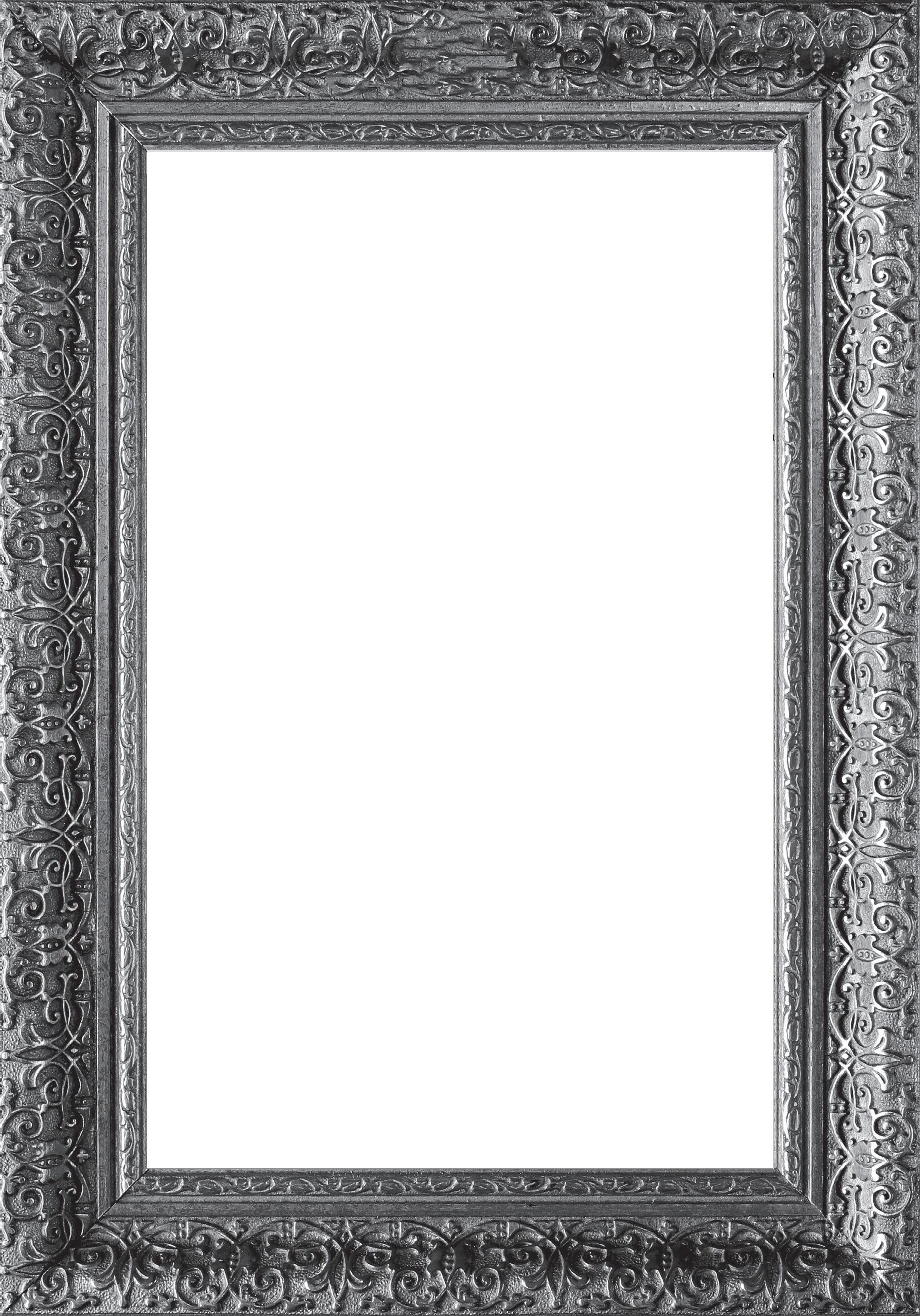
25 THE PERCIVALS
EDUCATION KIT
Interview with an Artist
A conversation with Donna Beningfield about her entry into the Glencore Percival Portrait Painting Prize, Tony and the Coffee Cup 2013.

• Question: Who is your sitter?
Tony DiGiocimo. He’s the deputy principal at Wulguru Primary. My kids went to Wulguru Primary. Tony did the assembly there so as a parent, you’d see him. He had a huge voice, wild energy and crazy hair. He is such an inspiring guy. Tony was the pulse behind the school.
• Question: Why did you choose him?
I’ve known him for years. He’s a big man who radiates a spirit for life. I wanted to find some hidden part of him but I also thought that I had to be true to the image he presents. The image of this man is what we all see.
• Question: What did you discover about him?
I discovered that he has a potting wheel! He’s a potter. We’ve known each other a long time and I never knew this. He knows that I am an artist but has never mentioned it. It really goes to show how humble he is. It had just never come up. He made me a coffee cup which features in the painting. When he uses the wheel it really comes alive.
I thought that I knew him well but it shows that people always have little things. As a portrait artist this fascinates me. I want to unravel and find something really interesting to say about them; to really look for the essence and try to discover the hidden secrets. The challenge, as an artist, is to bring/translate that to the canvas.
• Question: How many sittings did you have?
Six sittings. I spent two watching him work and then four at my house. I spent a lot of time on the face and hands. They say it all. If they’re wrong, then everything is wrong.
• Question: How important is it to know you sitter?
It’s essential. I’ve done paintings from photos and I just can’t do it. I did a painting of a well-known man who had passed away. He was a life saver. All I had was a photo. In the end, I had to spend time with his family to make him more than a photo. I don’t need the direct communication with a sitter but I do need to understand who they are and what I’m trying to say about them. There’s no point to doing a portrait if you don’t know what you’re trying to say. It determines your colours, the type of position, fully body or torso. Tony had to be full body because this man has so much to give; he’s living life. That’s why he’s leaning forward, engaging with us. It’s why he’s smiling.
• Question: Smiling?
I made him smile. Generally smiles are a problem as the sitter has to hold it. It also looks like the painting has been worked from a photo. When you smile, the eyes wrinkle up. I knew that Tony needed to smile. It was important for me to make him smile because it gives the eyes life.
• Question: What about Mona Lisa, she smiles?
Yes. She’s got a very endearing quality that we respond to. Doesn’t it make you feel good when we see someone living, happy and engaging. Tony is like that.
26 THE PERCIVALS EDUCATION KIT
Donna Beningfield Tony and the Coffee Cup 2013, 152 x 90cm, mixed media, 2014 Glencore Percival Portrait Painting Prize
The ‘Selfie’
The ‘selfie’ is a relatively new visual genre of fast selfportraiture where the subject is the photographer, and the picture is captured and often uploaded to social networking websites – usually you can see the person’s arm. ‘Selfies’ pre-date the actual term itself with the first known selfportrait photograph debatably captured as early as 1839 by an American pioneer in photography, Robert Cornelius.

The earliest known reference of a ‘selfie’ appeared in the ABC Online science forum on 13 September 2002 posted from the servers of the University of New England in Armidale, and first appeared as a hashtag (#selfie) on Flickr in 2004. ‘Selfies’ have become a modern phenomenon and strictly speaking are a digital affair, experiencing a recent meteoric rise following the release of the front facing camera within smart phones.

The most notable ‘selfie’ to date was captured by Ellen DeGeneres with a small group of A-list celebrities at the 86th annual Academy Awards, which was retweeted more than three million times and has been appropriated numerous times, such as when The Simpsons creator Matt Groening shared a cartoon version showing an ‘alternate view’.

Key terms: selfie, social network, appropriation, self-portrait
Explore: Facebook, Instagram, Flickr, Snapchat, Twitter
Questions
1. Are ‘selfies’ portraits? Explain your answer.
2. What do you use ‘selfies’ for?
Suggested Activities
• As a group, recreate the poses in some of the artworks in The Percivals or research some famous portraiture examples and appropriate those.
27 THE PERCIVALS EDUCATION KIT
Robert Cornelius The first light picture ever taken (inscribed on backing) 1839, quarter plate daguerreotype photograph. Library of Congress collection.
http://www2b.abc.net.au/science/k2/stn/archives/ archive32/newposts/169/topic169861.shtm http://twitter.com/TheEllenShow/status/440322224407314432, March 2 2014
Hopey Dissolvable stitches 2002, ABC Online science forum
28 THE PERCIVALS EDUCATION KIT Perc Tucker Regional Gallery Cnr. Denham & Flinders St, 4810 07 4727 9011 ptrg@townsville.qld.gov.au www.bit.ly/ptrgtcc @TCC_PercTucker /PercTuckerTCC Monday - Friday: 10am - 5pm Saturday - Sunday: 10am - 2pm Closed Public Holidays Pinnacles Gallery 20 Village Blvd, Townsville QLD 4817 07 4773 8871 pinnacles@townsville.qld.gov.au www.bit.ly/pinntcc @TCC_Pinnacles /PinnaclesTCC Tuesday - Sunday: 10am - 5pm Closed Mondays





























































